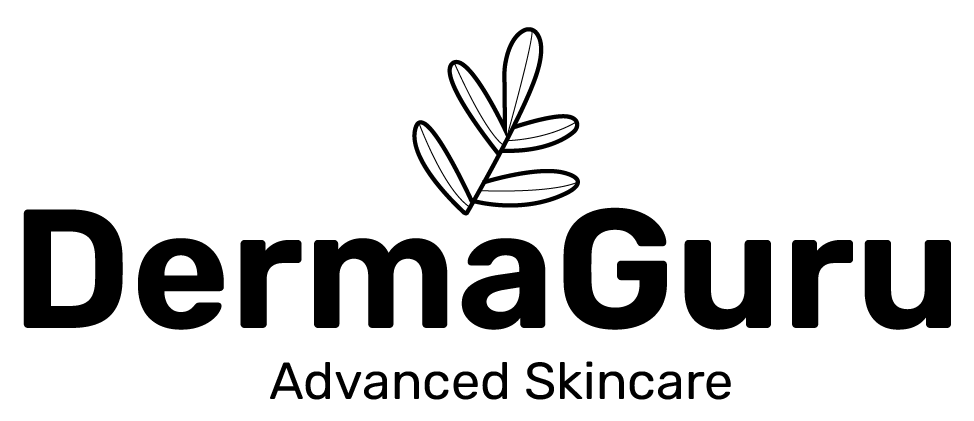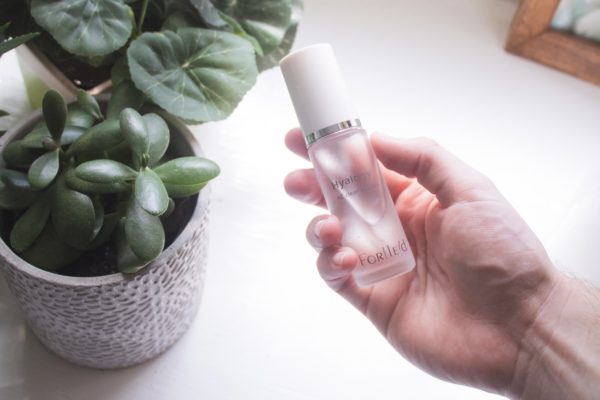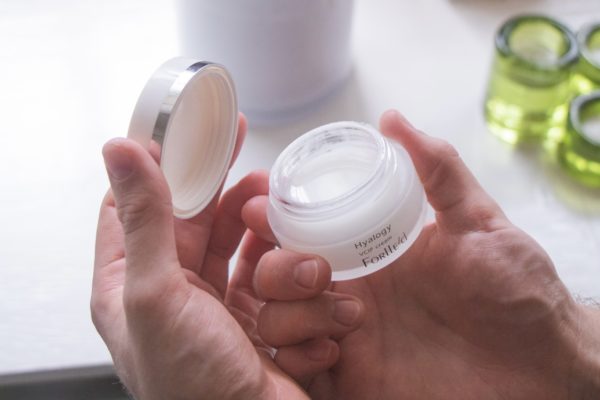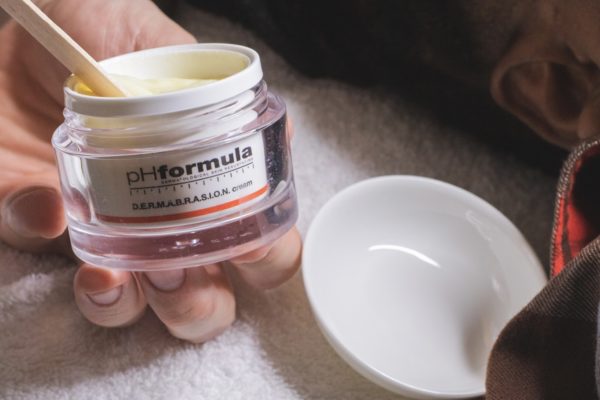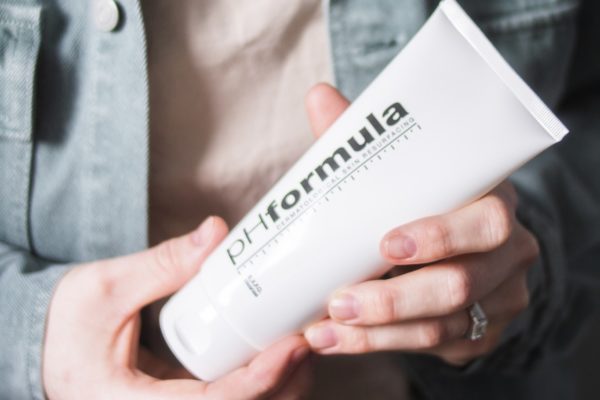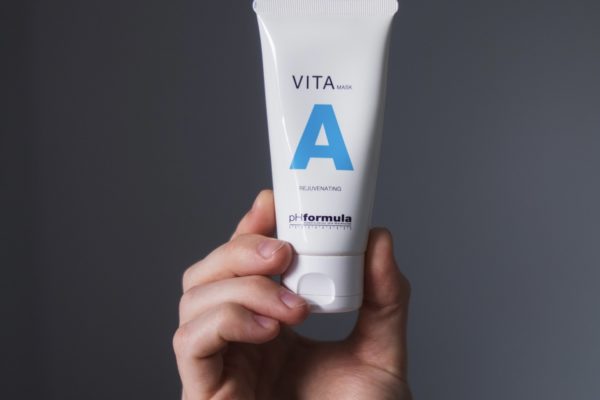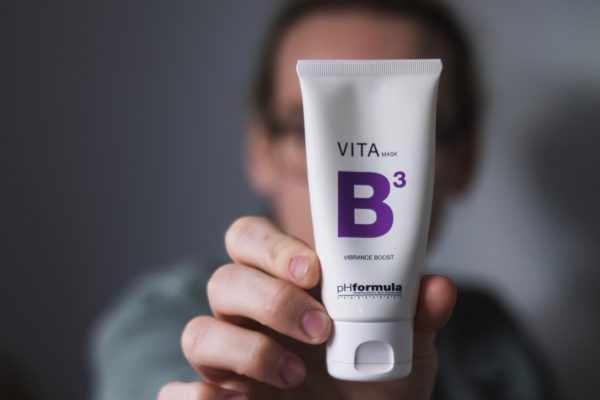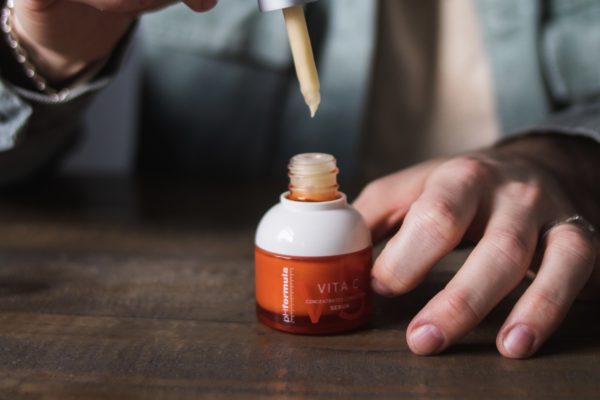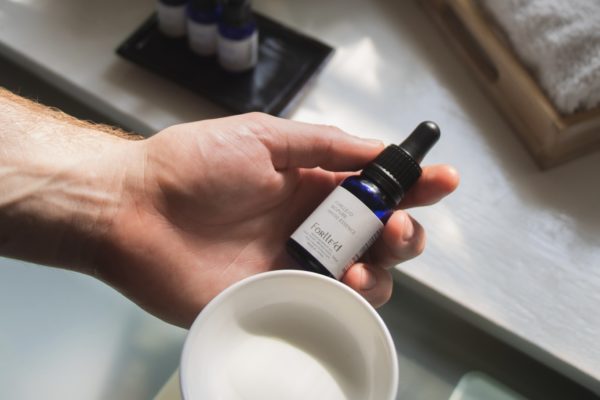Let’s Dive Into Your Skincare Ingredients… (Part 2)
I know what you’re thinking “here we go again, the last one was so long” but stay with me – I promise you’ll benefit from reading these! Although, I am here to support you every step of the way during your skincare journey – the best thing I can give you is an understanding of the skincare world so when you leave my clinic you don’t feel overwhelmed by looking at skincare. By helping you to understand these ingredients, when I do see you in clinic for your treatments – the results from a mix of amazing treatments in clinic and an educated and precise skincare regime will far exceed your expectations.
Vitamin E:
Yes, it is a vitamin, but technically, the term vitamin E actually refers to a group of compounds. Vitamin E is the name given to a family of oil-soluble antioxidants, essential for the maintenance of healthy skin, typically provided to the skin through our sebum (the natural oils our skin produces), though we can provide an extra supply through topical application which may provide specific vitamin E forms that are not available from our diet. As an antioxidant, vitamin E primarily reacts with reactive oxygen species. But what does that mean? Essentially, vitamin E can absorb the energy from ultraviolet (UV) light, making it a key factor in photo-protection, preventing UV-induced free radical damage to skin and anti-inflammatory!
What more could you need from one family of skincare ingredients?
As mentioned above, vitamin E does not refer to a single molecule but two classes of molecules with similar structures and antioxidant properties, comprising the family of eight substances. Tocopherols are the most abundant form of vitamin E in the body, consisting of four different forms. Tocotrienols, which are found in the body to a lesser extent, also exist in four different forms. Although tocopherols and tocotrienols are available from the diet, tocopherol is the primary form of vitamin E found and maintained in the body.
Vitamin E is usually not advisable for supersensitive, very oily, or acne-prone skin, although it’s very uncommon, topical vitamin E can also act as an allergen to some, causing irritation, itching, or even a rash when it touches the skin. Dermatologists still aren’t sure what causes certain people to become allergic to it, but according to research less than one percent of people are topically sensitive to the ingredient.
Considering that it’s also a naturally occurring substance in the body, and it’s also been shown to relieve eczema for some people, sensitivity is really a case-by-case basis that, at this point, cannot be generalised as an allergen. For the vast majority, though, vitamin E can provide amazing skin benefits. Because vitamin E is oil soluble (meaning it can be delivered through or as an oil), incorporating it into your skin-care routine through oils and moisturisers are some of the best ways to use the ingredient.
Lactobionic Acid
Lactobionic acid is the oxidised form of lactose, which is derived from milk. As lactobionic is a larger molecule than glycolic acid, it will not penetrate the skin as well and so is considered not as potent and less irritating. It’s a polyhydroxy acid, which means that tends not to be irritating and works as a great humectant that helps hydrate the skin and keep it plump. (Humectants attract and absorb moisture either from the air or the skin, keeping the skin’s surface hydrated.)
Because lactobionic acid doesn’t penetrate the skin as well, it only provides exfoliation on the surface. Making it perfect for those with sensitive skin who are prone to irritation sometimes caused by AHAs.
The skin benefits of lactobionic acid are numerous. They include the standard effects of acids, but some are unique to lactobionic acid’s gentle nature.
Protects against sun damage: Lactobionic acid as been found to work as an antioxidant, absorbing free radicals generated by ultraviolet exposure, thereby helping to protect against further sun damage.
Brightens skin and fades dark marks: Because of the increased cellular turnover rate to prevent buildup, it may result in a brighter skin tone for all skin types.
Reduces lines and thickens skin: It also evens out skin tone, including the reduced appearance of fine lines and wrinkles and has been found to increase epidermal thickness.
However, like all acids, lactobionic acid can be irritating to the skin. If you have dry or sensitive skin, some formulations may be too strong. Luckily, pHformula’s E.X.F.O-cleanse product has been formulated at a lower strength for everyday use – even for those with sensitive skin! Overall, just use the product with how often it seems like it’s needed for your skin in particular, but I recommend daily use of the E.X.F.O-cleanse for optimal results.
You can find lactobionic acids in treatment products such as serums, peels, and masks. If you’re using a product that includes lactobionic acid, there is no need to supplement it with any other lactobionic acid products. However, if you’re using a product which is formulated as lactobionic acid, it should be used on bare skin after cleansing, but before moisturising. I would be cautious of using too many exfoliants at once. For example, I would not use a glycolic acid wash and a lactobionic wash during the same day, let your skin reap the benefits of one exfoliant and repair before using another.
Skincare Ingredients Skincare Ingredients Skincare Ingredients Skincare Ingredients Skincare Ingredients Skincare Ingredients
Ceramides:
Ceramides are lipids (oils) found naturally in skin and are essential in supporting the skin barrier and retaining moisture. They make up over 50% of the skin’s composition, so it’s no wonder they play such an important role in protecting your skin against environmental threats and helping it look younger.
Ceramides have proven anti-ageing properties. Comparing them to bricks and mortar helps visualise how they work, skin cells are the bricks and ceramides are the mortar. Ceramides hold skin together and form a protective layer to help prevent moisture loss and visible damage from environmental stressors, also helping to keep your skin supple.
Besides ceramides, there are two other fascinating ingredients: phytosphingosine and sphingolipiden. These are ceramide precursors and help upper layers of skin to produce more ceramide, so that skin can protect itself better.
Young skin produces lots of ceramides. But as you age and through sun damage, the quality and quantity of ceramides reduces. This can lead to a damaged skin barrier, causing dry, rough skin, wrinkles, redness, irritation and dehydration.
Ceramides in skincare can replenish the ceramides in your skin. This helps your skin to look and act like younger skin and keeps it hydrated, firm and supple. But this can be prevented by properly formulated skincare products with ceramides, products which help strengthen your skin’s barrier and improve hydration. This results in smoother and firmer skin, reduced fine lines and wrinkles and less irritation.
There are two properties that make ceramides an effective anti-ageing ingredient: they hydrate your skin and educate skin to repair itself to a healthy state.
Ceramides can be derived from plants. But the downside of plant-based ceramides is that they are only able to hydrate skin, they can’t teach it to behave younger and healthier. Ceramides can also be derived from animal and human skin – these ceramides contain both properties. As the ethics of this process rage on, many are not comfortable using these types of ceramides.
Synthetic ceramides are both an efficient and ethical solution. They are stable, they hydrate skin and teach it to act young and healthy. Although they’ve got a bad rap in the past as they were not well absorbed by skin, the new, revised variations of this synthetic molecule don’t have this problem.
Ceramides are most effective when combined with other skin-identical (meaning it is naturally occurring in the epidermis) ingredients such as amino acids, glycerine and cholesterol. These lipid mixtures are great for improving skin tone and texture and for reducing signs of irritated skin. As there is no single anti-ageing ingredient that does it all, make sure your ceramide-enriched product is also formulated with antioxidants and skin-restoring ingredients such as retinol, niacinamide, linoleic acid and peptides.
You can definitely combine ceramides with your AHA or BHA exfoliant. Actually we recommend it! An exfoliant removes a layer of dead skin cells, which makes it even easier for the ceramides to be absorbed by skin.
Polyglutamic Acid:
In skin care, polyglutamic acid acts as a humectant (a substance that pulls moisture from the air and into your skin.) Sharing similar properties with other commonly used moisturising ingredients like hyaluronic acid and glycerin.
The primary benefit of polyglutamic acid and other humectants is keeping your skin moist by drawing moisture from the atmosphere around you into the upper layers of your epidermis. Polyglutamic acid can also increase your body’s production of carboxylic acid, lactic acid, pyrrolidone and urocanic acid. These substances are naturally produced by your skin, helping to keep your skin hydrated by locking in moisture, preventing dehydration. Dry/dehydrated skin tends to make wrinkles and fine lines more noticeable.
Polyglutamic acid has been found to have more of a moisturising effect than hyaluronic acid. Hyaluronic acid has been found to reduce the effects of wrinkles and aging by improving skin hydration and stimulating the production of collagen and elastin. (Collagen and elastin being the two key proteins that give your skin its elastic properties.) However, you may not need to choose one of these substances over the other since they can both potentially benefit your skin in different ways.
Polyglutamic acid’s potential benefits come from inhibiting the breakdown of hyaluronic acid by disabling an enzyme called hyaluronidase (the enzyme breaks down hyaluronic acid.)
Polyglutamic acid comes in a variety of forms. To keep your skin hydrated, stick to topical forms (products that you apply to the surface of the skin) of polyglutamic acid. Oral polyglutamic acid supplements have medical uses unrelated to skin care.
You can apply a polyglutamic acid serum or other hydrating serums to your face up to twice daily to help keep your face moisturised. Many companies sell creams, gels or lotions containing polyglutamic to target your face or the area around your eyes.
You may find polyglutamic acid in supplement form, but it’s unlikely to improve your skin health. Polyglutamic acid supplements may increase calcium bioavailability and help prevent osteoporosis.
What is it? How does it work? Do I need it?
DermaGuru is here to support you and answer all your skincare questions. If you’re struggling with products and ingredients – feeling overwhelmed by it all then book a consultation with me.
We can get to the route of your concerns and needs before establishing a treatment/product plan tailored to your very requirements.
Vitamin D:
Vitamin D, the sunshine vitamin, is a fat soluble secosteroid, pre/pro-hormone and vitamin. There are two forms of vitamin D: Vitamin D2 (ergocalciferol) that is produced by plants and generally the form used in multivitamin supplements and vitamin D3 (cholecalciferol) which is derived from animal food sources such as cod liver oil, cheese, egg yolks, salmon, tuna, mackerel and beef liver, or produced in the skin in the presence of sunlight. It should be noted that vitamin D3 is metabolically more active for longer, compared to the limited efficacy and shorter shelf life of vitamin D2.
Vitamin D is well-known for its role in optimum bone formation, but studies have now emphasised it’s importance for proper functioning of almost all the tissues in the body, including the immune system, brain, heart, muscles and the skin! Making it a key ingredient in any skincare and should be prioritised, especially in the darker months of the year when we have a natural deficiency.
Vitamin D3 synthesis (the process of converting a precursor of cholesterol through exposure to sunlight) works on a negative feedback loop and as such vitamin D3 cannot be overproduced from exposure to UVB rays., meaning you can’t overdose on vitamin D3 from sunbathing (luckily!)
Once manufactured, vitamin D3 binds to a protein and is transported to the liver via the blood stream (to be catalysed into 25-hydroxyvitamin D or calcidiol.) Calcidiol is then converted to calcitriol, the active hormonal form of vitamin D when needed, in the kidneys. The keratinocytes are the only cells that can convert vitamin D3 to calcitriol, apart from the kidneys.
Benefits of the vitamin D derivatives include: Anti-inflammatory, Antimicrobial, Antiproliferative (inhibiting bad cell growth), Prodifferentiation (maturing of the cells), Antifibrotic, Antioxidant, Enhanced wound healing, Enhanced skin immunity, Enhanced barrier function, Anticarcinogenic (cancer inhibition), Inhibits DNA damage, Induces DNA repair mechanisms, Photoprotective.
Skincare Ingredients Skincare Ingredients
EXCITING NEWS…
pHformula have announced the release of a new product! Although I can’t say too much at this given stage, I can say that it is going to be revolutionary.
What will it do?
Boost vitamin D absorption, improve short and long term hydration, improve skin barrier function, firm and tone skin, improve the appearance of fine lines and wrinkles, anti-inflammatory, soothing and calming, enhance skin immunity by rebalancing the microbiome.

